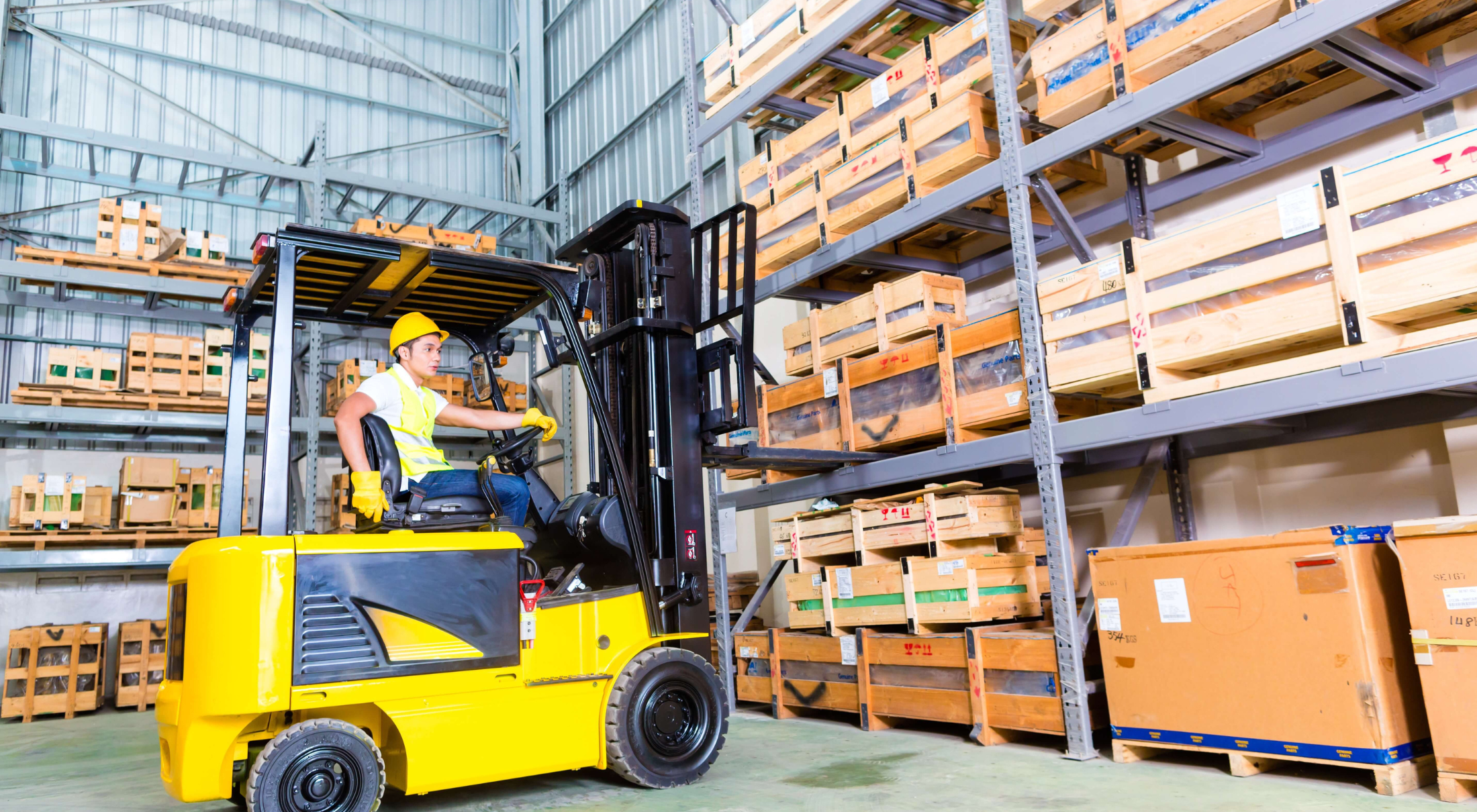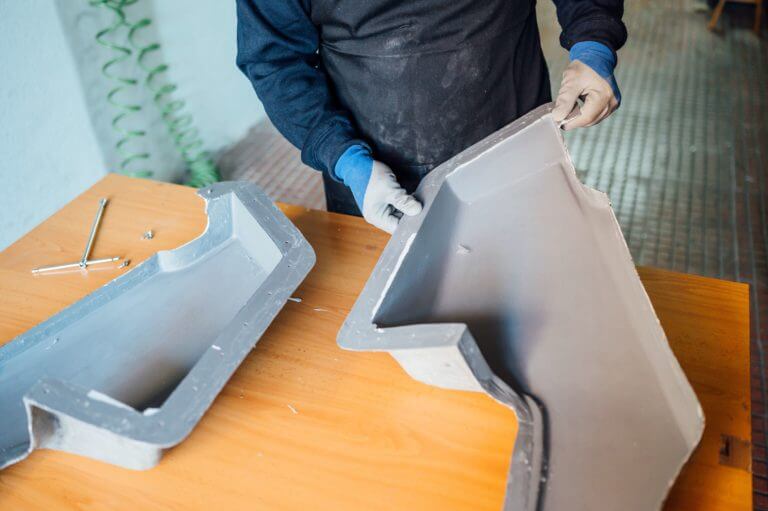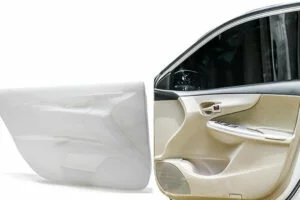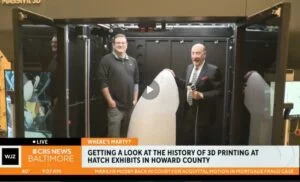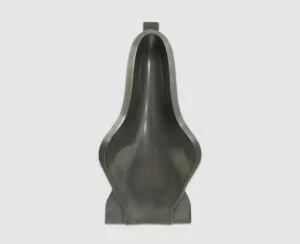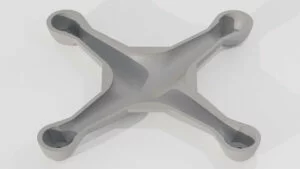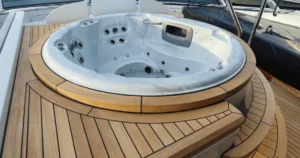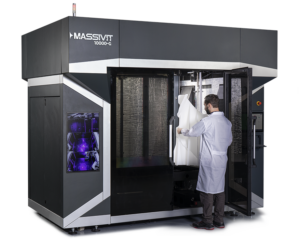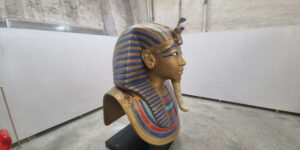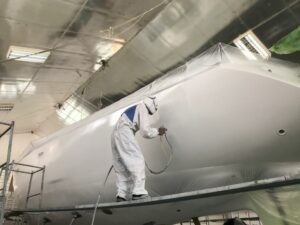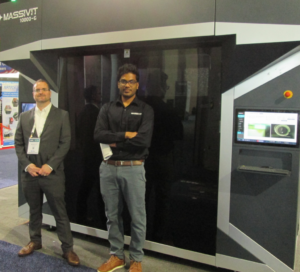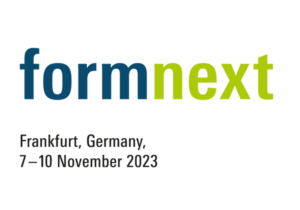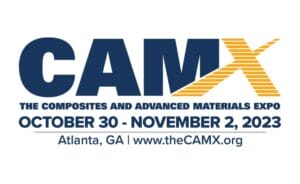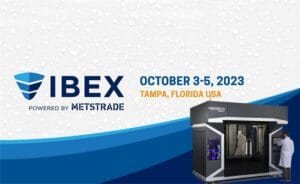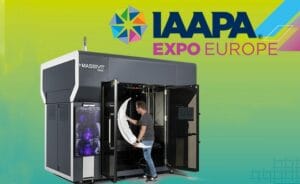Their production creates inefficiencies in the supply chain as these parts are produced without any guarantee that they will ever be used. Furthermore, keeping stocks of rarely ordered parts is so expensive that suppliers often just stop offering them.
With the advent of additive manufacturing (better known as Additive Manufacturing or AM), much is about to change. This technology already allows suppliers to produce parts on demand, close to where the parts are needed. Of course, such an innovation brings some questions with it.
3D Printing Spare Parts
When using conventional production methods, spare part suppliers must balance their level of service with their costs. It is estimated that 10 to 20 percent of spare parts held in stock are obsolete or will never be used. To meet all customer’s needs, a spare parts supplier must manage an extensive network of suppliers, production, sales, and customers – which requires important strategic decisions.
Given these challenges and costs, it is no surprise that quite a number of companies are considering 3D printing as a possible technology for making spare parts. Indeed, 3D printing is becoming a game changer for low-volume parts as well as complex, high-volume parts and components that use 3D printing to improve efficiency and effectiveness in use.
Rainer Rohr, Head of Engineering and Maintenance at BASF, recently made a remarkable statement: “In the future we will not buy spare parts anymore, but data.” The idea is simple: thanks to 3D printing, spare parts no longer need to be physically stored in a warehouse. Instead, the virtual print files of spare parts are stored in databases that act as a “virtual warehouse”. When a part is needed, one can then send the item to the nearest 3D printer.
Choosing the Right Pieces
Although 3D printing technology is still evolving at a rapid pace, not all pieces are eligible to be printed yet. Experts estimate that at present the number of spare parts that can be replaced by printed versions stands at around 2%, but that proportion is rising steadily.
Printed replacement parts must meet the same characteristics as the original parts as they rolled out of the factory. Certification and warranty can then become a challenge. Strength and fatigue properties of printed parts are also not always clear.
The technical properties of printed parts are also highly dependent on the technology used: there are now at least 20 different 3D printing technologies. Each of which has variants with specific properties, production speeds, resolutions, material options. It therefore comes down to using the right parameters to determine which pieces can be considered.
The parts that are most suited to 3D print are often smaller parts, although printing larger parts is certainly possible as well.
Large 3D-Printed Parts
The Massivit 5000 printer is especially suited for larger parts, and was designed to respond to the needs of the automotive, rail, and marine industries, enabling production of large parts within a matter of hours instead of days.
The Massivit 10000 on the other hand digitizes the production of large tools and molds for producing fiber-reinforced composite parts. These molds are usually expensive, slow-to-build, wasteful, and require extensive manual skilled labor.
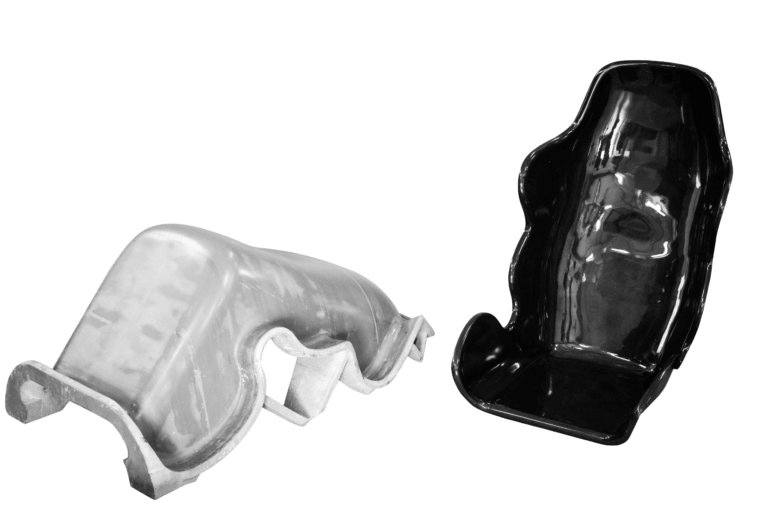
Mold for automotive bucket seat produced on Massivit 10000 (L) alongside composite end part (R)
On top of that, most manufacturers are forced to store the molds for a given number of years and give them the proper maintenance and care to make sure they don’t degrade. Storing these molds takes a lot of space and is quite expensive.
The Massivit 10000 brings to market enormous time and cost saving benefits for the manufacturing of large tooling, including simplifying the supply chain and reducing the number of required stocks.
Spare Parts on Demand
It is precisely for this reason that many companies in the automotive and aerospace sectors are already embarking on the concept: a select number of spare parts for their vehicles are already being printed on demand. Mercedes-Benz Trucks, which years ago first 3D-printed metal truck parts, has since made various parts available to its customers digitally.
Obtaining spare parts for an older type of vehicle can be a difficult job. When a manufacturer’s remaining stock runs out, the only real options are usually a junkyard or a search on the used market.
Thanks to the technological advances in additive manufacturing, large-scale 3D printers can now be considered an alternative supplier. Massivit printers are filling this huge need, and doing so with great speed.


